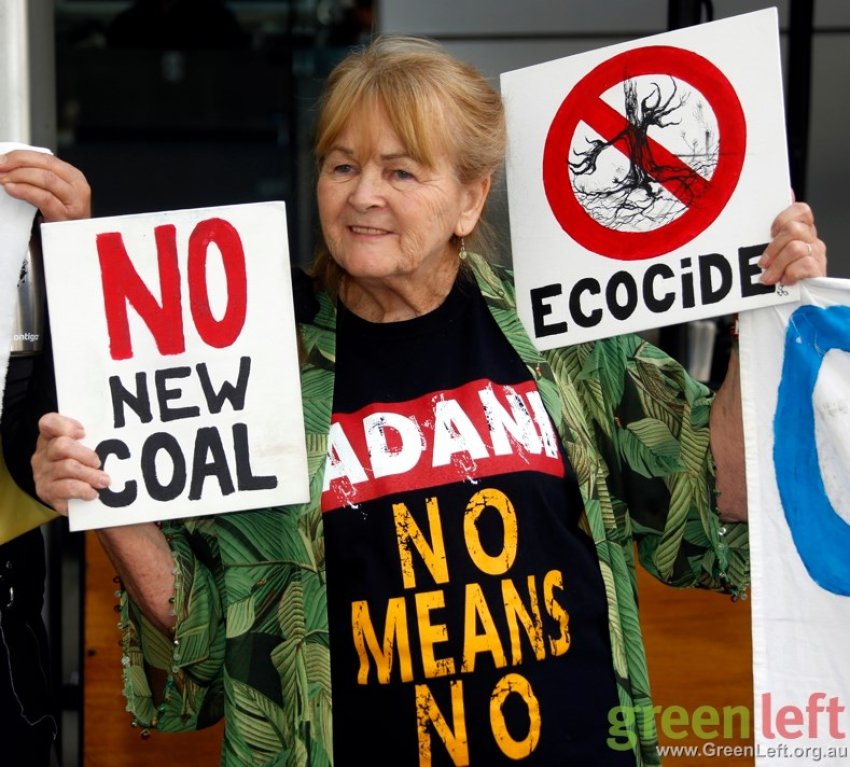
Could Indian mining firm Adani’s Carmichael coal mine, in Central Queensland, become a stranded asset? A number of recent events indicate the answer could be “Yes”.
Adani has always relied more on spin than hard figures to promote its project. On numerous occasions it has shifted construction timelines, while always assuring it was ready to commence digging.
Unable to secure external finance — in large part due to a successful campaign of targeting financial institutions by the Stop Adani movement — the company announced a scaled down, self-financed version of the project last November.
However, Tim Buckley, from the Institute of Energy Economics and Financial Analysis, estimates that, in order to move ahead with the project, Adani is dependent on more than $4.4 billion in tax exemptions, deferrals and capital subsidies it expects to receive from the Australian government — contradicting its “self-funded” mantra.
Adani had also anticipated a $900-million-seven-year low interest royalty capital subsidy from the Queensland government, a deal that would have exempted the company from paying royalty for years and which was due to be finalised by September 30.
The September deadline has now passed, though state Treasurer Jackie Trad has set a new date of November 30.
All of which raises questions about the commercial viability of the Carmichael project.
Adding to the perception of a cash-strapped Adani is the fact that the company has sought an extension of payment for its water licence.
The Guardian reported on October 31 that the Queensland government has reissued Adani with a water licence that allows it to consume 12.5 billion litres a year from the Suttor River, while extending the deadline for the company to pay the $18.5 million it owes for the licence until mid-2021.
According to its own water modelling, Adani said it would only require 3.35 billion litres of water during the first year of construction.
The state government said the deferral in payment was to allow Adani to deal with the implications of “legal challenges by activist groups” and that the license fee would be paid when the matters were finalised, The Guardian reported.
“The fact they don’t have $18.5 million [to pay for the water licence] is pretty telling,” Buckley said. “In the scheme of the Adani group’s business that’s small change.
“[Company chairperson] Gautam Adani has got the cash to build Carmichael and pay for things, let’s not pretend he doesn’t. The money is there now, but it’s sitting in India.
“By definition, the finance hasn’t come yet.”
Buckley said Adani’s attempts to move forward with its Carmichael mine was a process of “debt on debt on debt” and that this was a good indication it had at least some reservations about the project.
The Lock the Gate Alliance (LTG) believes the licence payment extension is “further evidence that Adani is in no way financially prepared to put its money where its mouth is”.
According to LTG coordinator Carmel Flint, the licence conditions contained a trigger whereby the state government could cancel it due to non-payment.
“It’s very unfortunate the Queensland government didn’t take the opportunity to cancel this licence and reassess the water impacts on the graziers and waterways in Central Queensland,” Flint said.